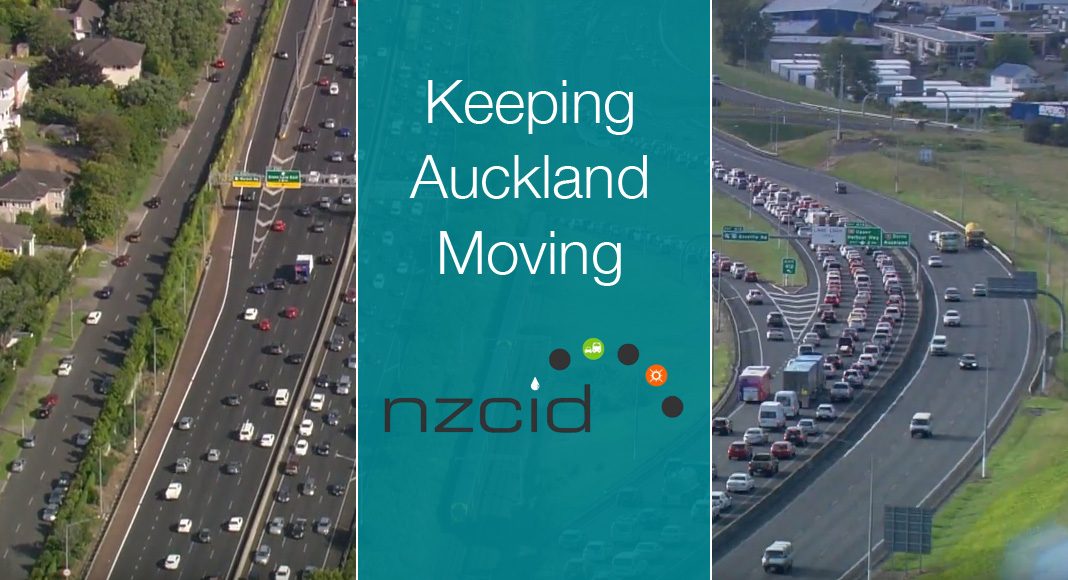Auckland must urgently revise transport priorities and the Unitary Plan to better align where people live, work and how they move around, otherwise gridlock will bring the city to a halt, according to a new report from the New Zealand Council for Infrastructure Development (NZCID).
NZCID launched the study of Auckland’s transport challenge last year to provide independent input into the Auckland Transport Alignment Project (ATAP).
ATAPs first report, released in February, showed that by 2026 State Highway 1, as well as other critical parts of the network, will be in gridlock all day every day.
NZCID argues that projects like the Waterview connection and public transport improvements now underway buy a little bit of time; but says action needs to be taken more swiftly if Auckland is to avoid gridlock within a decade.
NZCID says a significant part of the problem is that the proposed Unitary Plan and Special Housing Areas allow urban infill and development which cannot be economically served by transport and don’t allow sufficient density adjacent to rail and busway stations. This forces car dependency and makes congestion much worse than it needs to be.
To decongest Auckland and improve liveability the report recommends the following:
- Substantively revise land use provisions as set out in the Auckland and Unitary plans to target intensification around public transport and sequence growth to match transport availability
- Loosen residential development and height restrictions in areas with quality public transport access and strengthen restrictions in areas without it
- Enable satellite city development at scale beside rail with a focus on the Pukekohe to Manukau corridor
- Develop mixed use “live, walk and work” communities
- Improve the frequency and convenience of public transport services to major centres of employment, education and entertainment
- Vastly increase park and ride facilities and provide express bus services across the public transport network
- Deliver new capacity across the road network with a focus on fixing traffic pinch points and rigorously evaluate all options, including an eastern-aligned harbour crossing connecting to an eastern corridor
- Implement road pricing to increase network capacity, fund ongoing improvement and accommodate electric vehicles
- Promote teleworking and work from home initiatives leveraging digital connectivity
- Invest in leading edge intelligent traffic management systems
- Embrace and leverage new car technology wherever possible, but recognise that it does not yet provide a silver bullet solution to Auckland’s transport issues
- Ensure land use and transport policy is adaptive to technological and other changes as and when they become clear
NZCID’s Transport Solutions for a Growing City report is available for download.
Keeping Auckland Moving – a ten-minute video on problems and solutions to gridlock.



















